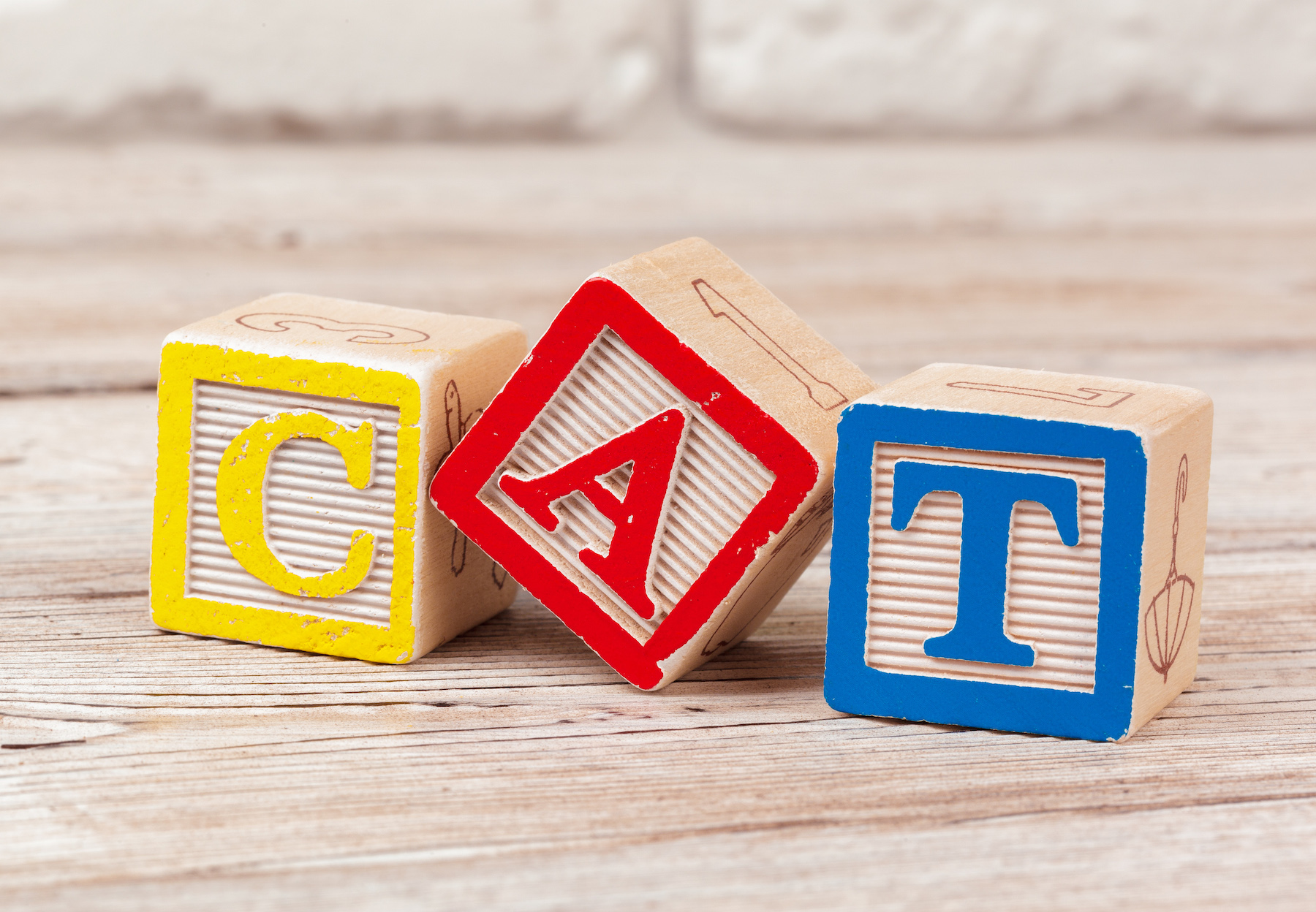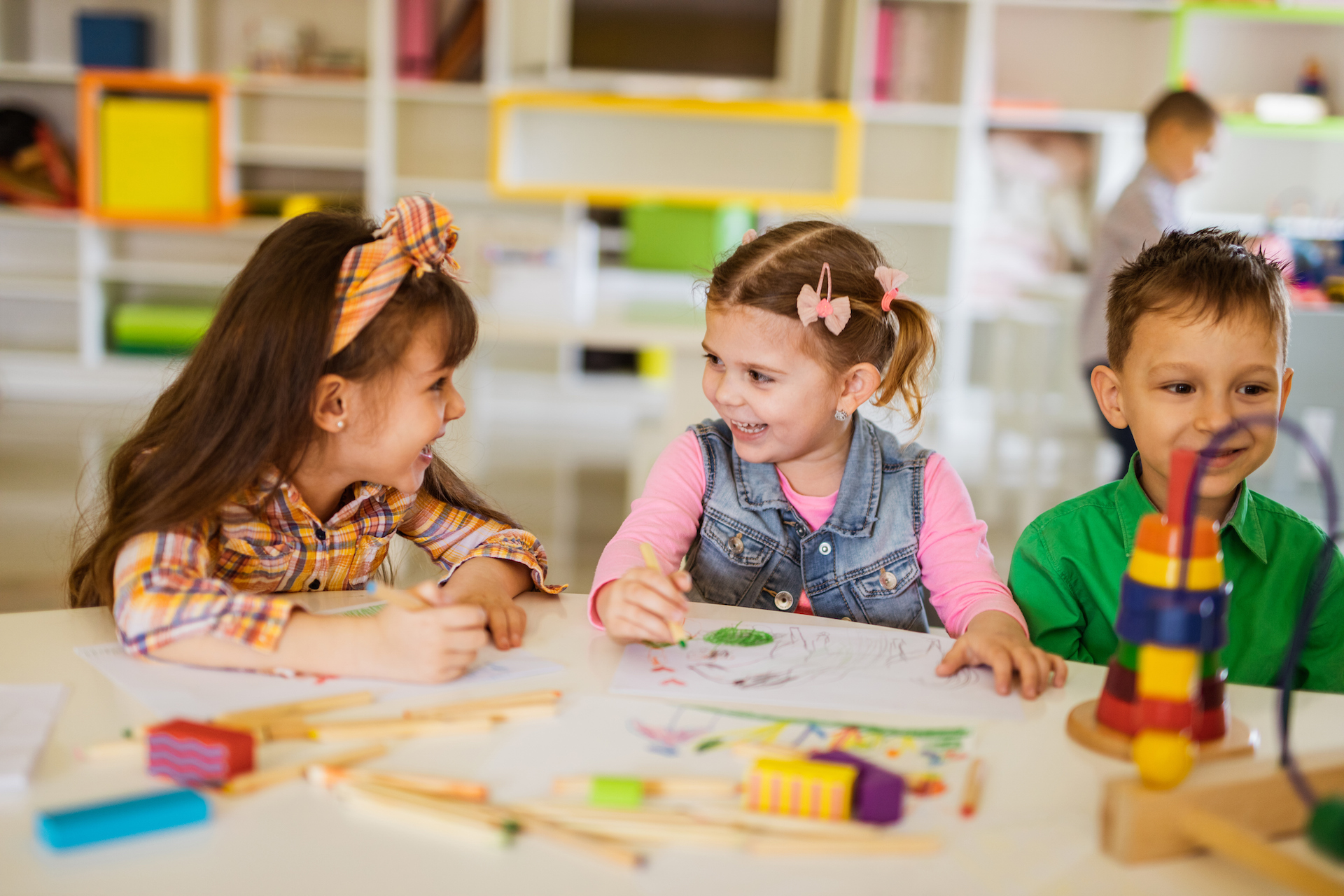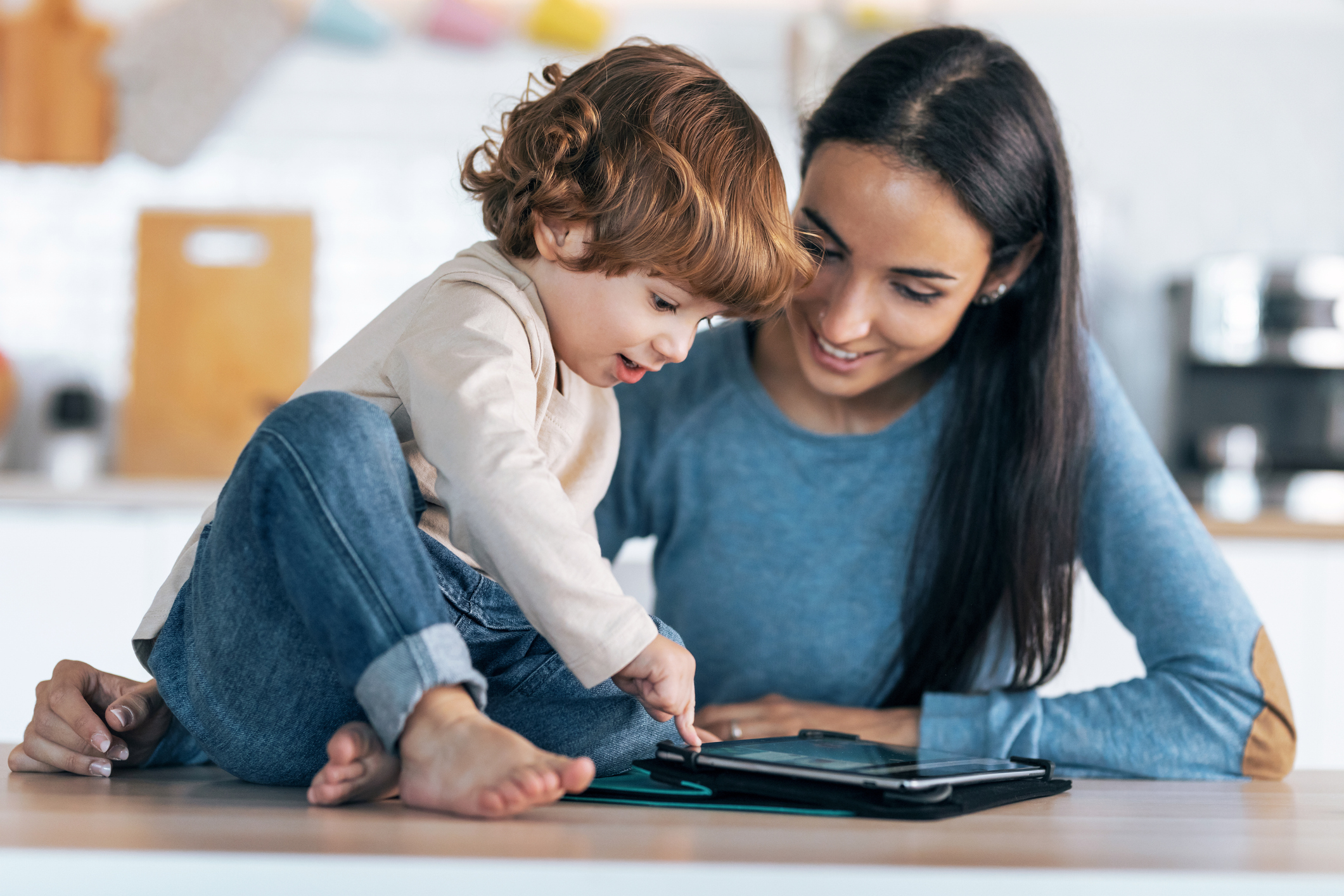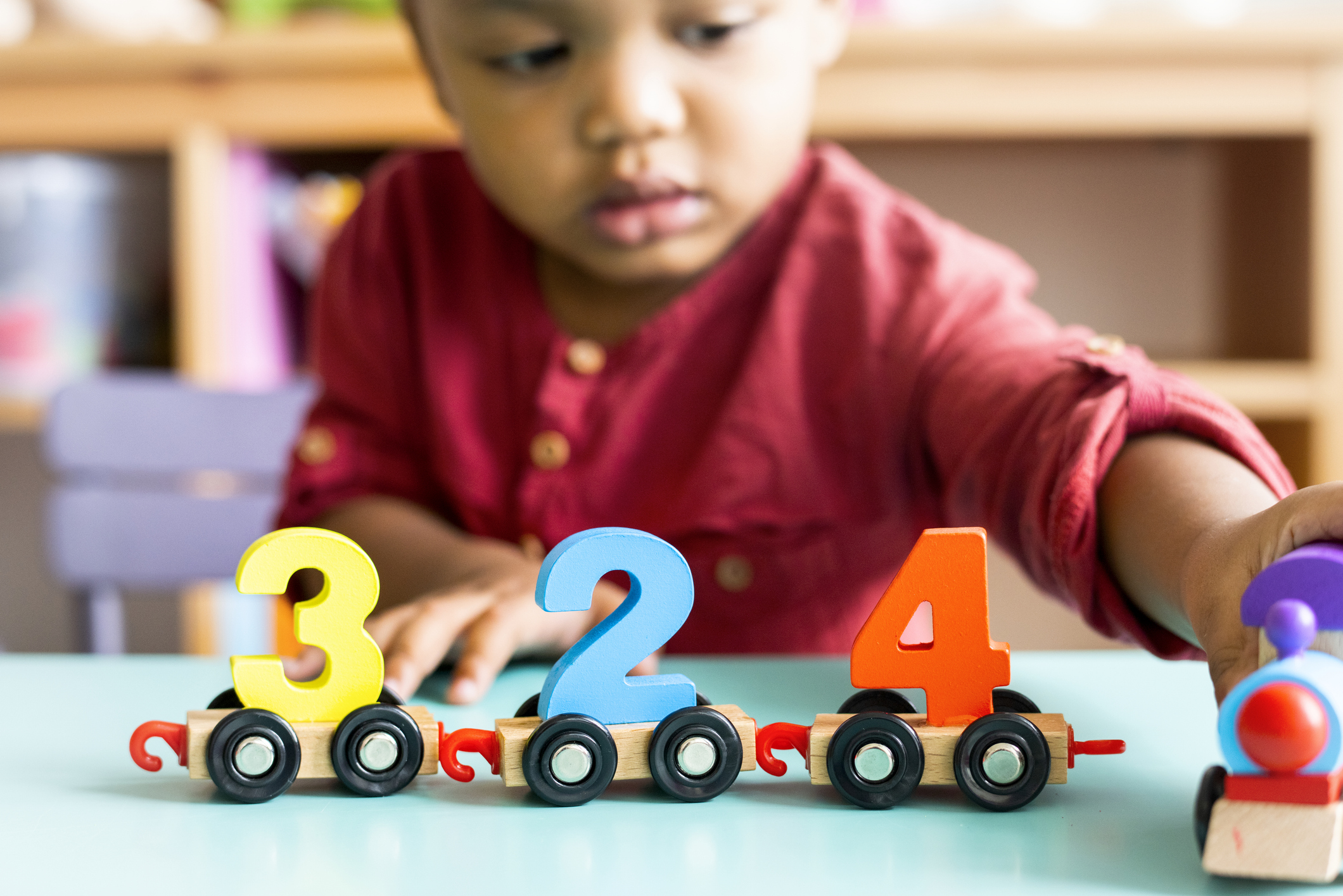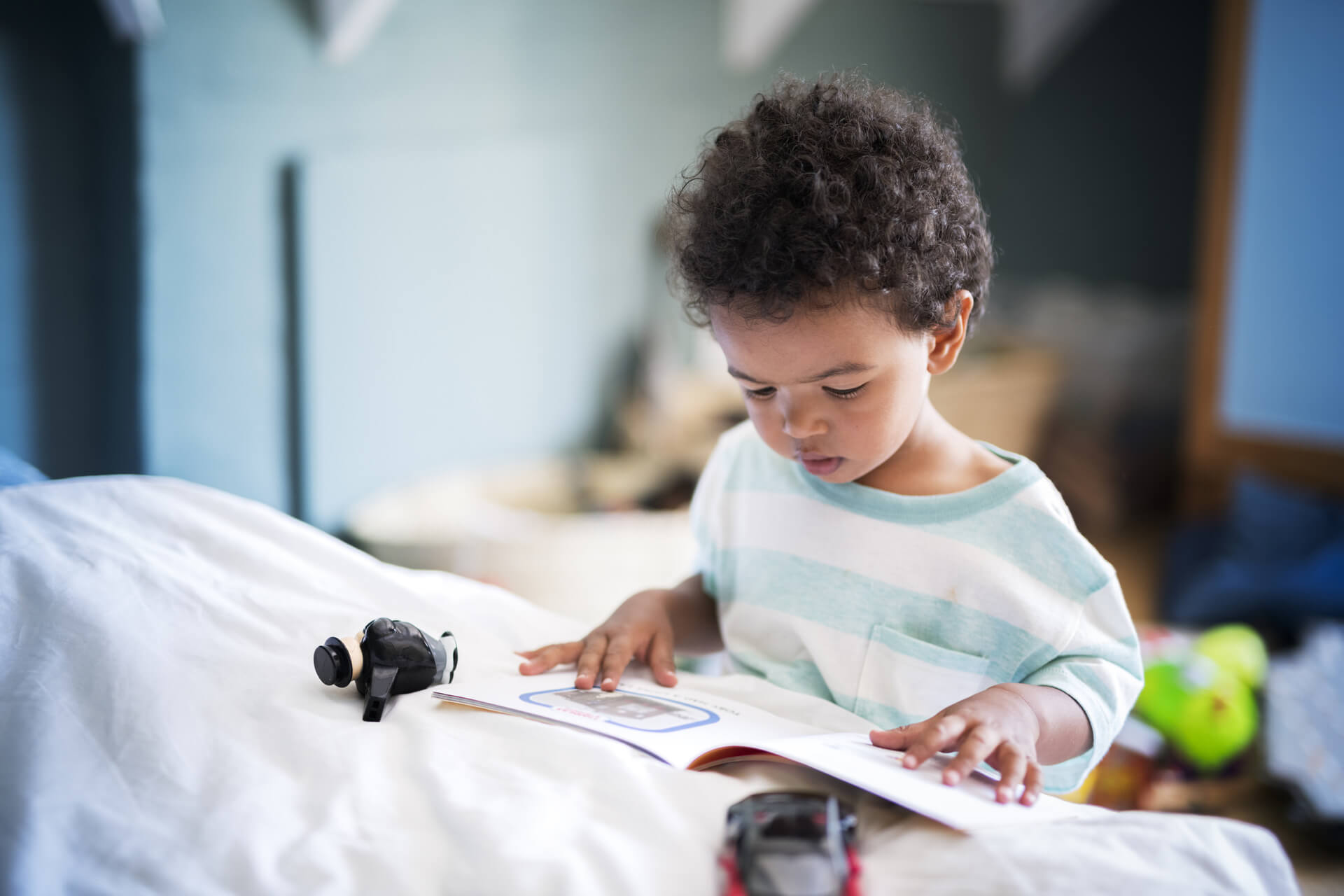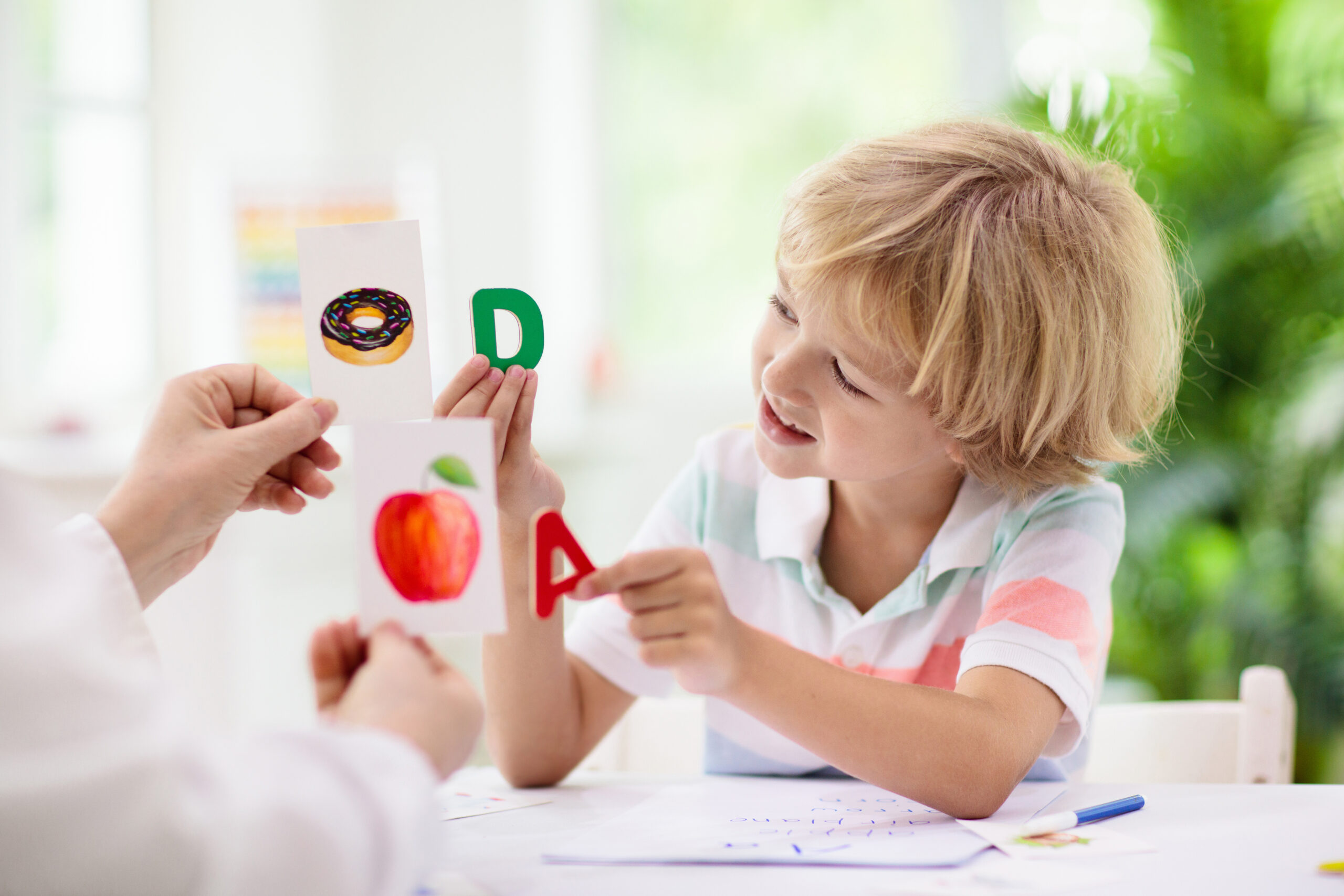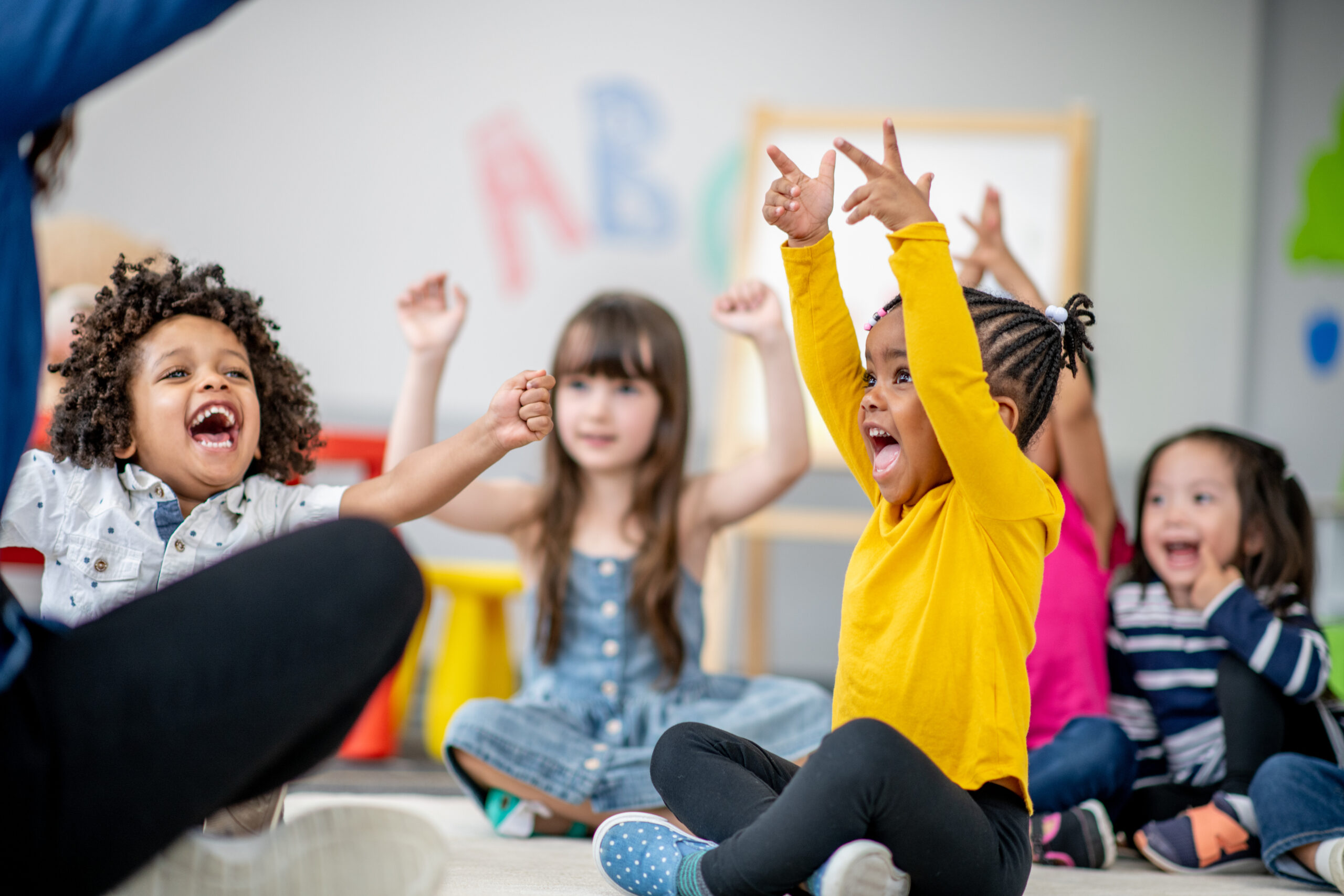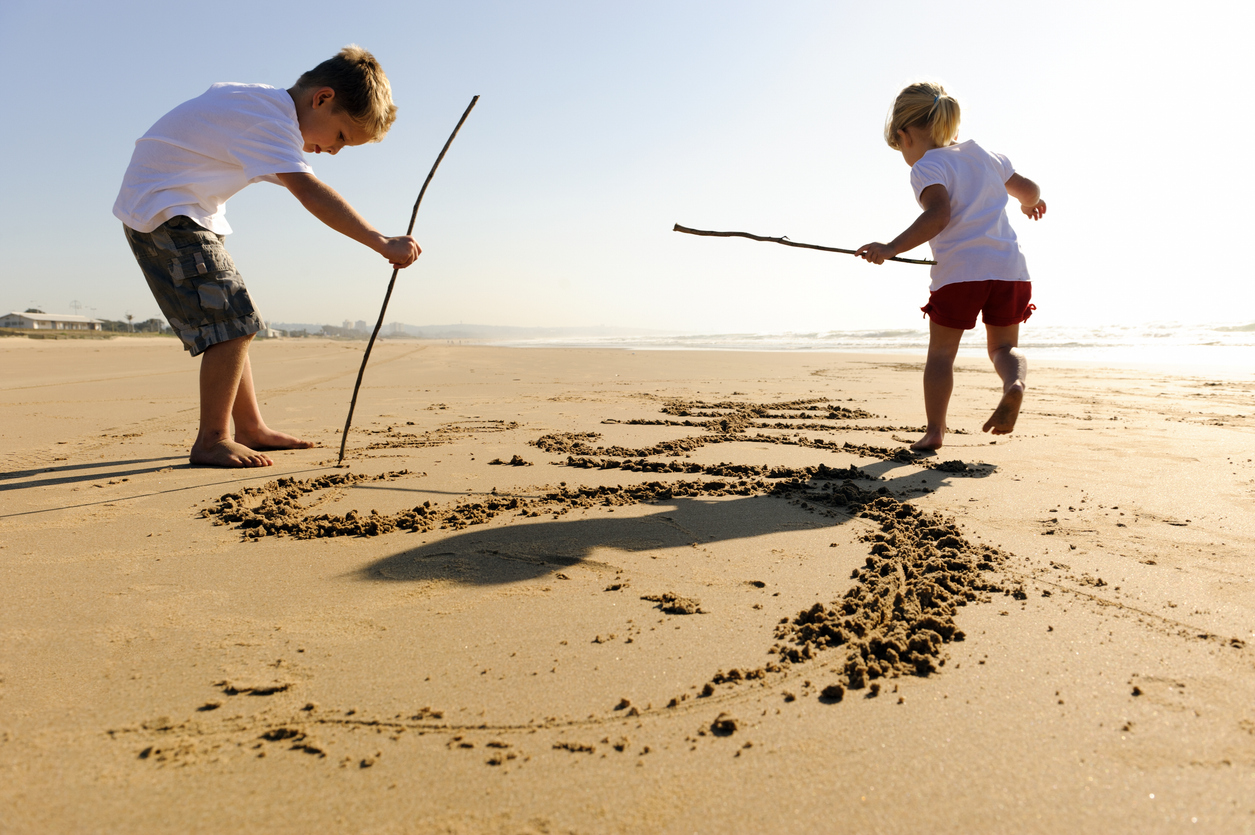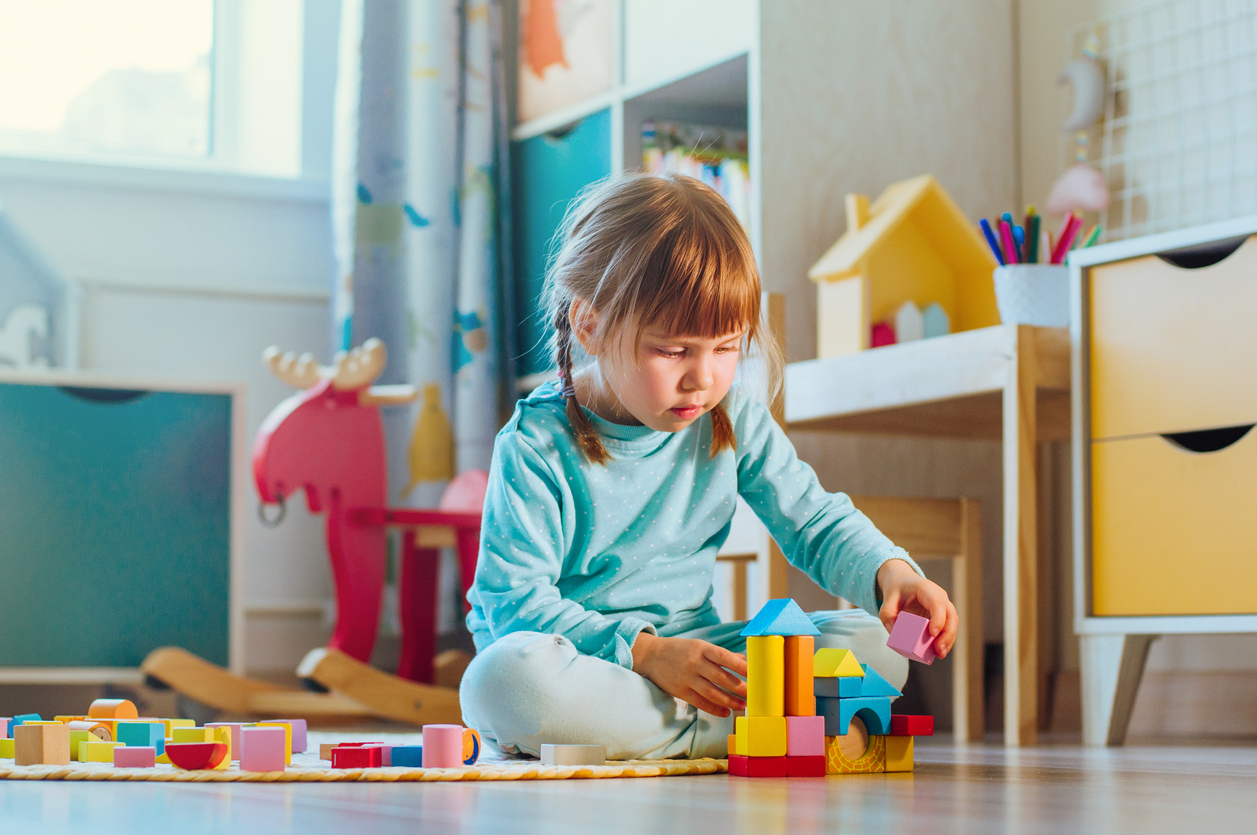Sorting and Classifying Activities for Young Children: 10 Games That Build Math & Problem-Solving Skills
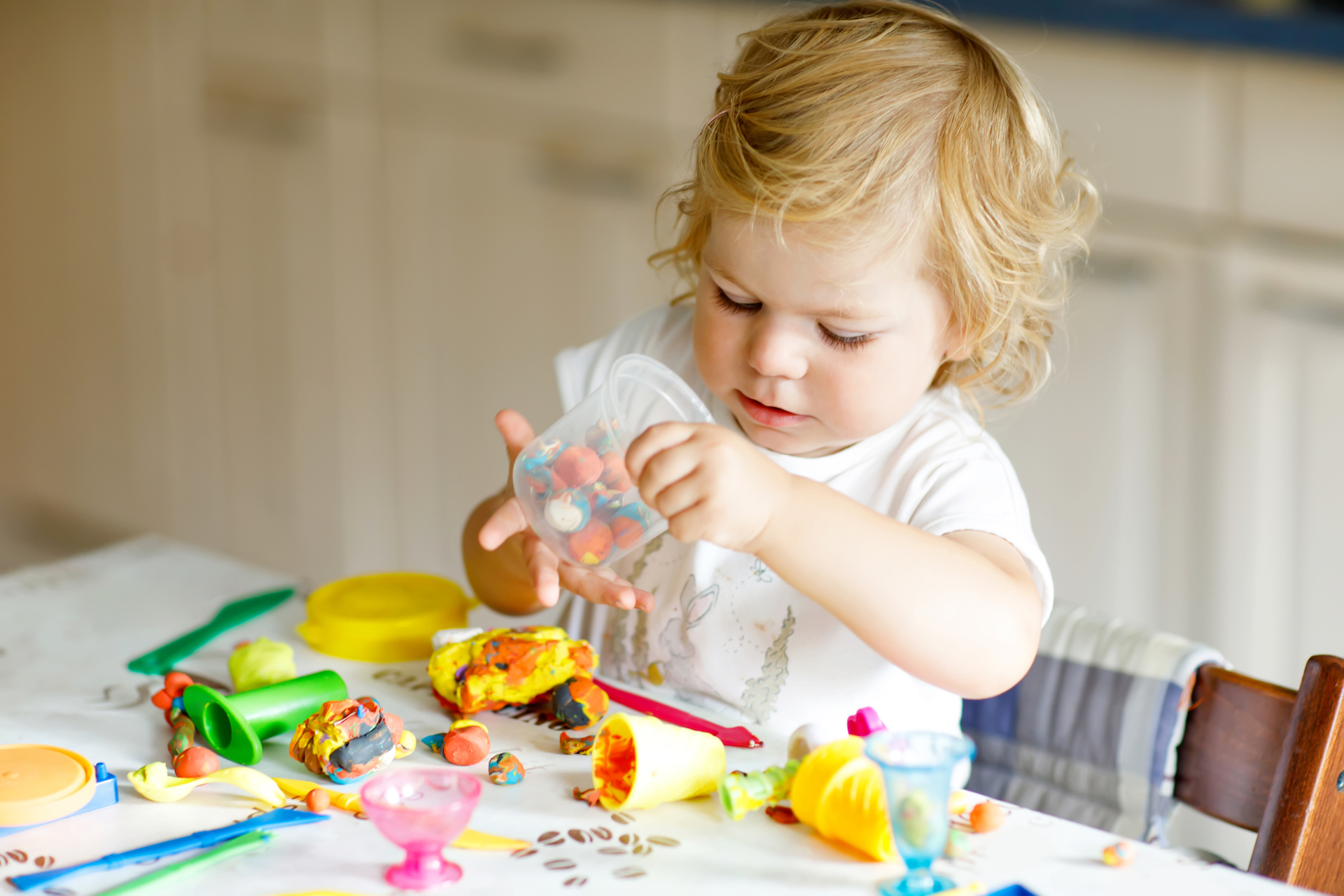
Most parents think of sorting as a simple clean-up task—put the blocks in one bin, the cars in another, and done. But there’s so much more happening in your child’s mind during these moments. Sorting and classifying aren’t just organizational skills. When your child realizes that “all the round things go here” or “these are all animals,” they’re not merely cleaning up or playing — they’re organizing information in their mind. This process helps them to notice patterns and understand how they are related.
Research from the University of Michigan shows that the simple act of categorizing — grouping things that share something in common — is deeply related to how children think, learn, and solve problems. In fact, the article describes categorization as being “intrinsically tied to nearly all aspects of cognition,” meaning sorting skills are linked to children’s memory, attention, reasoning, and also help them in building vocabulary.
Cognitive flexibility (the ability to switch between different sorting rules) is a critical skill that develops rapidly during the preschool years. Research shows this skill is strongly linked to academic success, with studies finding that cognitive flexibility predicts both math and reading performance in children. When children practice sorting toys first by color, then by shape, they’re strengthening neural pathways that support adaptable thinking throughout life.
So next time your toddler lines up animal figures from short to tall, or sorts toys by color or groups all the soft toys together, remember — they’re not merely playing. They’re strengthening how they think, learn, and adapt. Who knew that cleanup time was helping your child in such powerful ways?
Why Sorting Comes Before Counting
Before children can learn numbers and counting, they need to understand the concept of groups. Are we counting all the toys, only the red ones, or just the cars? Sorting teaches children to define these groups, which basically lays the foundation for addition, subtraction, and later help them understand algebra easier.
The National Association for the Education of Young Children (NAEYC) and National Council of Teachers of Mathematics (NCTM) both emphasize that sorting and classifying are foundational math experiences that precede counting and arithmetic.
Think of it this way: addition is combining two sorted groups, and subtraction is removing one group from another. When children sort, they’re not just organizing objects — they’re building the thinking structures that make counting make sense.
What Sorting Teaches Your Child
When toddlers sort, they are learning:
- To Notice Details: They start to recognize differences in color, shape, size, or texture and learn to ignore what doesn’t matter. Talking about what they see like, “This one is red,” “That’s a big block”, builds vocabulary and observation skills.
- To Think and Focus: Sorting builds memory, attention, and self-control. Children remember rules like “cars go here, blocks go there”. They stay focused, and even switch to new sorting rules when they grow up, which is a big step in flexible thinking.
- To Solve Problems: They figure out what is similar or different and understand that one object can belong to more than one group. That’s early reasoning at work!
- To Build Early Math Skills: A circle is a circle, regardless of its color or size. Recognizing such patterns and categories lays the foundation for learning about numbers and operations.
How Sorting Skills Develop
The ability to sort develop in stages in children. The aim is to challenge activities according to your child’s stage. Pushing kids too hard can lead to frustration. Meanwhile, keeping it too simple will make you miss their learning window.
- At 12–18 Months: Your little explorer touches, looks at, and even mouths objects to figure them out. They may start matching identical items — like putting two spoons together. Describe what they’re doing: “You found all the spoons!”
- At 18–24 Months: They start putting 2–3 things by a single feature, like color or shape. You might see them putting all the blocks in one pile and all the cars in another. Gently guide them and name the groups aloud.
- At 2–3 Years: Children start sorting by one attribute on their own and can say the rule out loud: “These are red!” “These are animals!” However, they typically struggle when asked to switch to a new sorting rule, like if they’ve been sorting by color, switching to sort by shape is still quite difficult. Ask them to explain their choices to strengthen language and reasoning.
- 3–4 Years: Kids now can sort by two features at once, switch to a new rule, and explain why objects belong together. Try mixing shape and color in one activity. For example, give your child a mix of blocks and say, “Can you find all the red circles and blue squares?” You can also use colorful fruit snacks or cereal pieces. Have your child put all the yellow round ones in one bowl and the red square ones in another.
- 4–5 Years: At this age, children can now handle multiple attributes, understand categories within categories (like wild animals, aquatic animals), and create more complex sorting systems. Give them a mix of toy animals. Ask them to sort first by habitat (land, water, air), then by diet (herbivore, carnivore, omnivore). Encourage them to create their own sub-groups — they might sort into farm animals, pets, jungle animals, or even animals that climb trees or fly. Let them lead — they may surprise you with creative ways to sort their toys or art supplies.
10 Sorting & Classifying Activities That Really Work
Let’s explore some playful ways to strengthen these skills. These activities can be done with toys, household items, or even snacks. They’re fun, hands-on, meaningful and most can be seamlessly included into your child’s daily activities.
- Two-Color Sort
Start with a handful of colorful toys. Place two plates or boxes in front of your toddler — one red, one blue — and lay out six to eight objects. Show them a red toy and say, “This is red. Red goes on the red plate.” Ask them to place it. Continue with all the red toys first, letting them finish the red pile. Once the red toys are done, introduce a blue toy: “This is blue. Blue goes on the blue plate.” Ask them to place it, and continue with the remaining blue toys. This step-by-step approach helps toddlers focus on one color at a time and learn to sort independently.
Over the next few weeks, watch your child move from observing you sort, to sorting with your help, and eventually sorting all on their own. You can always add a third color or more objects to keep it interesting. It’ll be exciting for them to place the toys correctly, boosting their confidence and focus.
- Rainbow Sort Challenge
After they’ve got two-color sorting down, add a bit of challenge with six colors using a muffin tin or egg carton. Start by sorting three colors together, increase gradually and then let them tackle all six independently.
Encourage them to count how many objects are in each section or compare groups: “Which color has the most?” Children might think they are only playing, but it actually strengthens their memory, focus, and self-control.
- Shape Hunt & Sort
Including physical movement into sorting with a shape hunt is another excellent way. Start by hiding foam shapes like circles, squares, and triangles around the room, and give your child different boxes or containers to collect them into. Make it playful: “Lets find all the triangles in five minutes!”
After the hunt, count the shapes together or create simple patterns. This blends physical activity with memory, helping kids learn shapes.
- Shape vs. Color Decision Game
Challenge their minds by using objects that vary in both shape and color—like red circles, blue squares, and red squares. First, ask your child to sort by shape only, ignoring color. Then switch to sorting by color, ignoring shape.
Have them explain their reasoning: “I put this red square here because it’s red.” This kind of game helps them learn to adapt to new rules which come in handy when they start school.
- Big, Medium, Small Sort
Use toys, blocks, containers, or spoons to explore size differences. Begin with obvious sizes – big, medium, and small items, and gradually introduce objects closer in size. Encourage arranging them in order from smallest to largest and comparing piles: “Which pile is taller?”
This is a great way to boost measurement skills and introduces the concept of order(big to small and vice versa), which is essential for early math understanding.
- Quantity Sort Game
Label sections of small cups or bowls or DIY cardboard trays with numbers 1–5 and ask your child to place the correct number of objects in each compartment. For Example: 1 spoon, 2 cars, 3 blocks, etc. Once they are comfortable, add a twist by sorting the same quantities by color, size, or type — for example, 3 books of different sizes in the “3” compartment.
This brings together sorting and counting, teaching that sets can be compared no matter the contents which is an important foundation for early algebraic thinking.
- “Goes Together” Sort
Mix items from different rooms, like the kitchen, bathroom, bedroom, and ask your child to group them by where they belong. For example: Spoon → kitchen, Toothbrush → bathroom, Pajamas → bedroom. For older children, you can use pictures or mix items into categories that are less about location and more about function. For example: Foods → apple, cookie, carrot. Toys → car, doll, blocks. Clothes → shirt, socks, hat.
Encourage them to explain their thinking: “Why do these go together?” Understanding grouping based on their function, helps the kids understand how things relate together.
- Living vs. Non-Living Sort
Use toys or pictures to talk about living and non-living things. For example, show plants and animals as living things, and rocks or chairs as non-living things. Ask simple questions like, “Does it grow?” or “Does it need food?”
This helps children learn that we group things by what they do, not just by how they look.
- Laundry Sorting Helper
Turn everyday chores into a learning opportunity. Ask your child to sort clothes by type, color, or who they belong to: “All socks together, all shirts together. Whose clothes are these?”
When sorting has a clear purpose, children engage more deeply. They practice categorization while developing a sense of responsibility and pride by contributing to daily routines.
- Snack Time Classification
Food can really motivate learning! Gather snacks like crackers, fruit, or small treats and sort by shape, color, type, or texture. Ask: “Which ones are crunchy?” or “Which group has more?”
For older children, throw in fun challenges: sort red fruits into one pile, yellow into another, or come up with edible patterns. The immediate reward of eating their sorted creations makes the learning experience both delicious and tangible.
Common Concerns to Watchout (and How to Fix Them)
Even though sorting seems simple, how we approach it can really impact the learning experience with children. Here are a few easy-to-miss traps and how to turn them into meaningful learning moments.
- Rushing to Add Too Many Categories: It might be tempting to go from two colors to six right away. But young children learn best when they can master one step at a time. Start small — two colors, two shapes, or big vs. small.
- Focusing on “Right” Instead of “Why”: When your child puts a blue toy in the red pile, it’s easy to correct them immediately. Instead, try asking why they put it there. By listening first and guiding second, you help them learn to reason and self-correct.
- Turning Play into a Test: Sorting should feel like a game, not homework. When adults hover or keep scoring every move, children may lose their curiosity. Keep it light-hearted and throw in some silly voices, celebrating effort over just the results.
- Forgetting to Rotate Materials: Children need variety. Playing with the same blocks every day can be dull and repetitive. Use nature objects one day, toys another day, then switch to snacks or socks.
- Not Waiting for an Answer: After you ask, “Where does this go?”, give your child time to think. That small silence is where their mind does its best work by comparing, recalling, deciding. Jumping in too soon takes away their chance to work through it.
Final Thoughts
When children learn to notice how things are similar and different, they’re doing the earliest kind of analysis —the same skill that later supports science, reading, math and problem-solving. So the next time your child lines up cars by color or piles blocks by size, don’t rush to clean up. You’re watching their mind organize the world — one joyful pile at a time.
And the best part? You don’t need fancy toys or special materials. Everyday things — blocks, laundry, snacks, groceries, even books — are full of learning opportunities. Start with something small, follow your child’s curiosity, and watch these little moments of sorting turn into big thinking skills over time.
